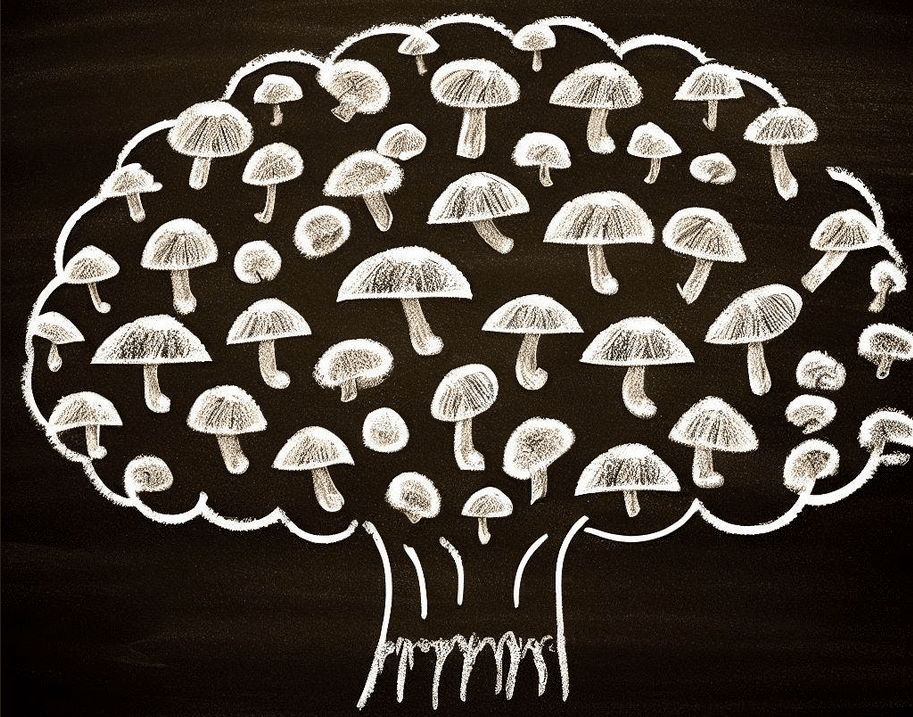How do the effects of MDMA and psilocybin (shrooms) differ in terms of mood and perception?
The effects of MDMA and psilocybin (the active compound in magic mushrooms and truffles) differ quite a bit, especially in terms of mood and perception. While both substances can lead to personal insights and therapeutic breakthroughs, they each do so in a unique way.
MDMA is best known for its empathogenic effects. People often feel euphoric, open, and deeply connected to others. It enhances positive emotions and reduces fear, making it easier to talk about difficult subjects. Perception changes are usually subtle—colors may appear slightly more vivid and music can feel more emotional, but strong visual hallucinations are rare.
Psilocybin, on the other hand, has a much stronger impact on perception. In addition to feelings of euphoria or deep introspection, people often experience visual distortions, shifts in time perception, and intense inner journeys. Emotions can fluctuate more than with MDMA, ranging from profound love and connection to deep self-confrontation. These effects are highly influenced by the set and setting—your mental state and the environment you’re in.
In a therapeutic context, MDMA is often used for trauma-related conditions like PTSD due to its calming effects on fear and its ability to build trust. Psilocybin is more commonly used for depression, addiction, or existential anxiety, as it focuses more on gaining insights and breaking out of rigid thought patterns.
If you're curious to learn more about how these substances are used in therapy, you can check out MDMA therapy or psilocybin therapy. These pages offer a clear overview of the different therapeutic uses and what to expect during a session.
